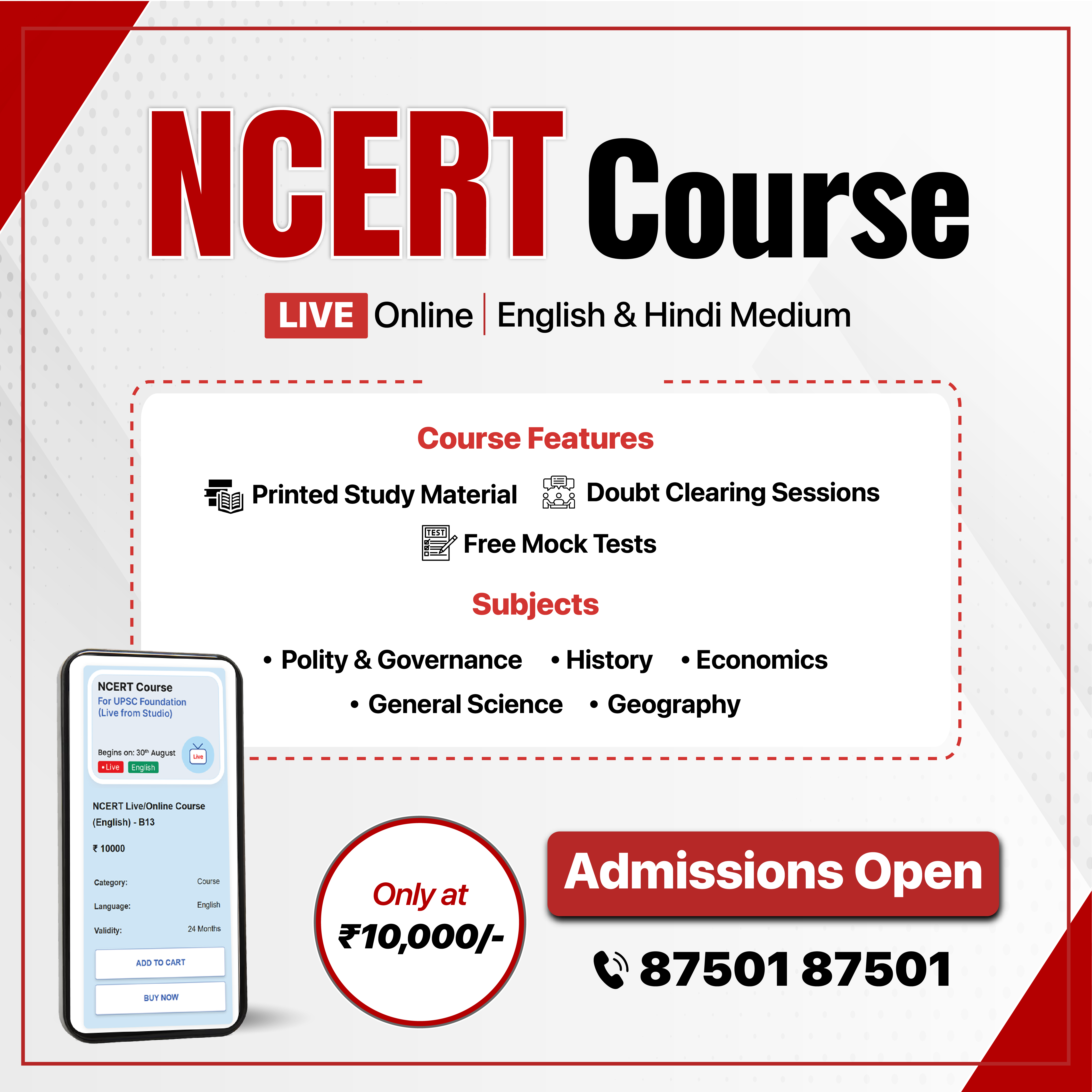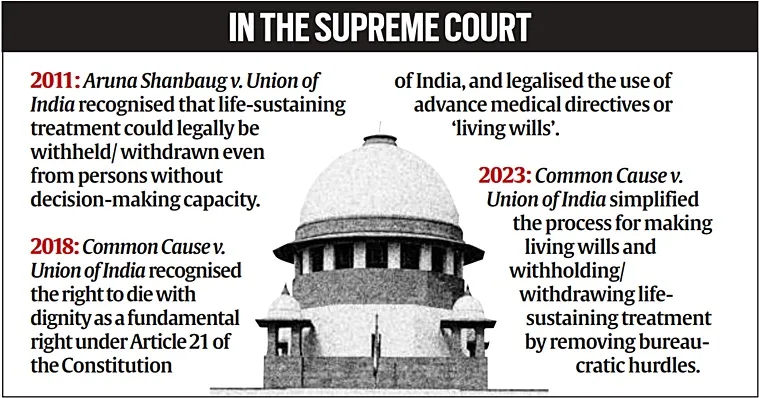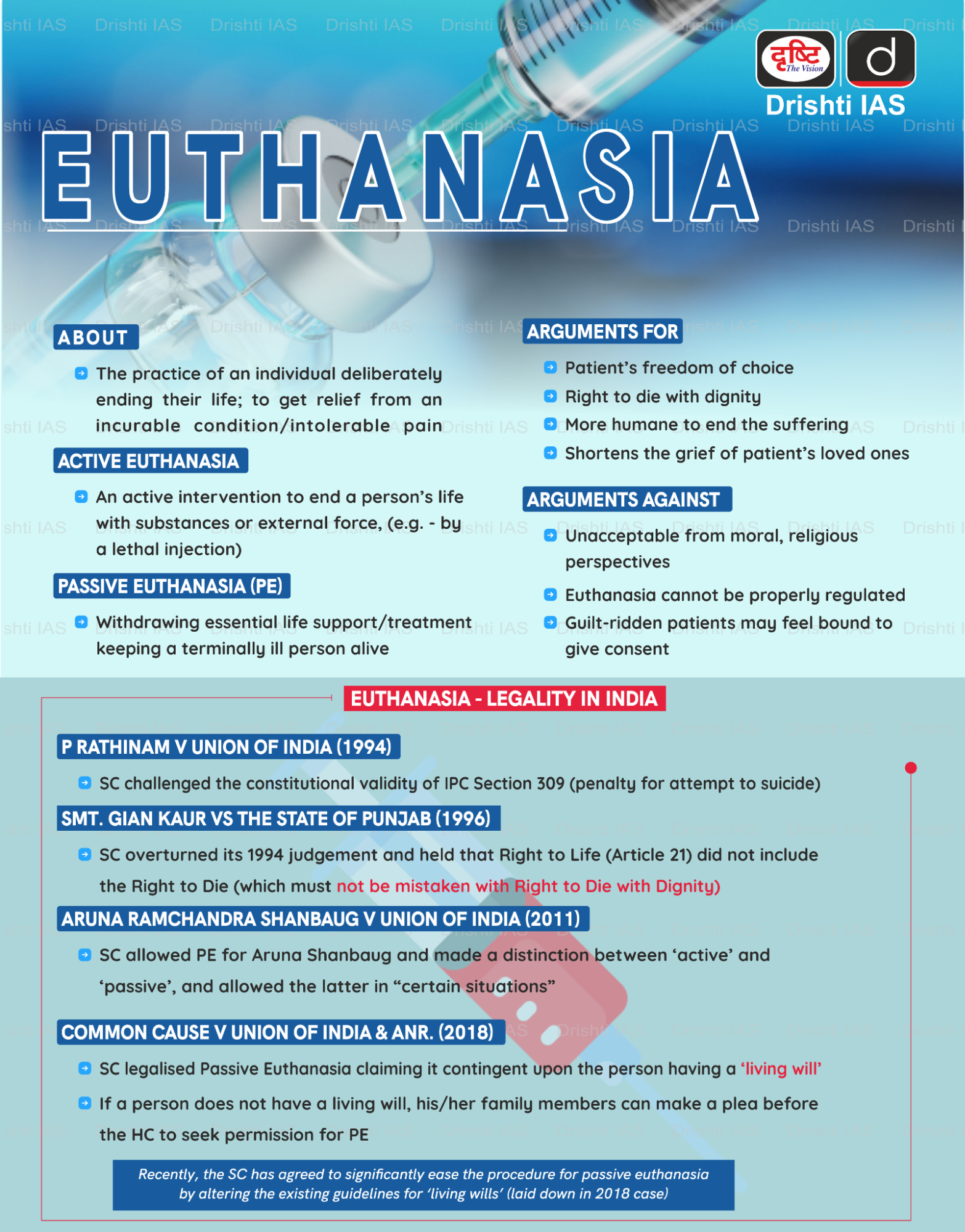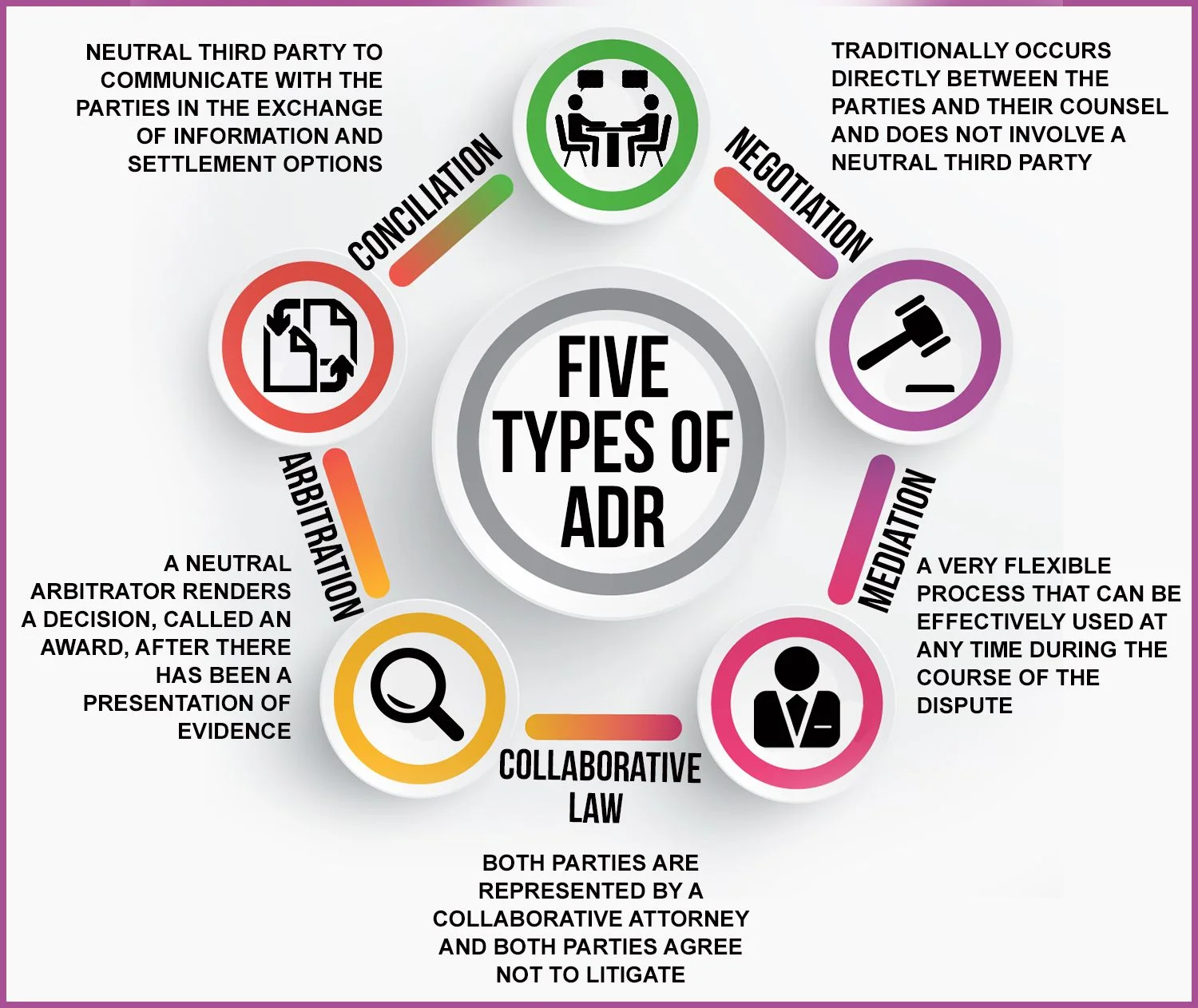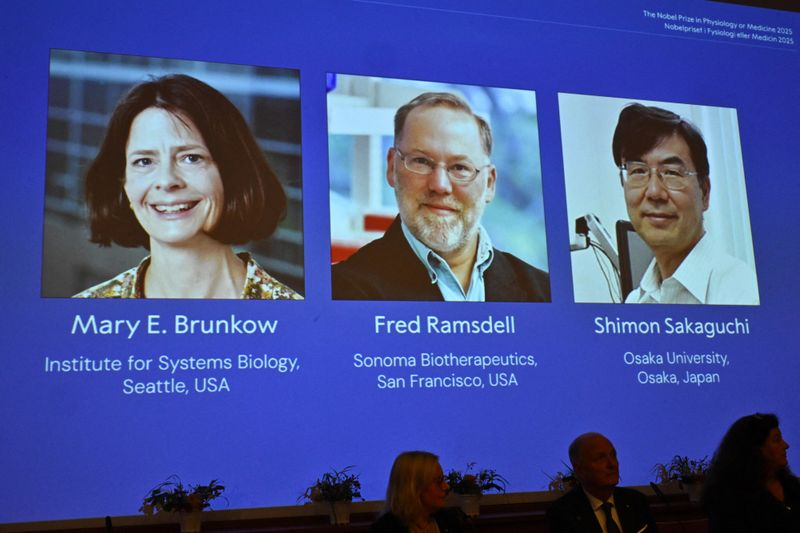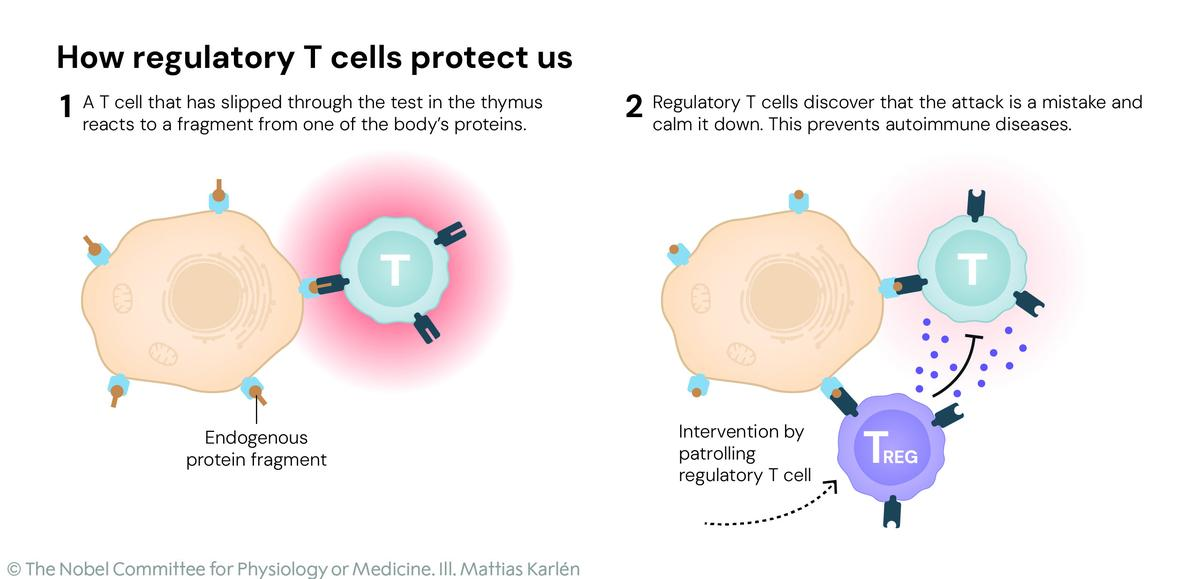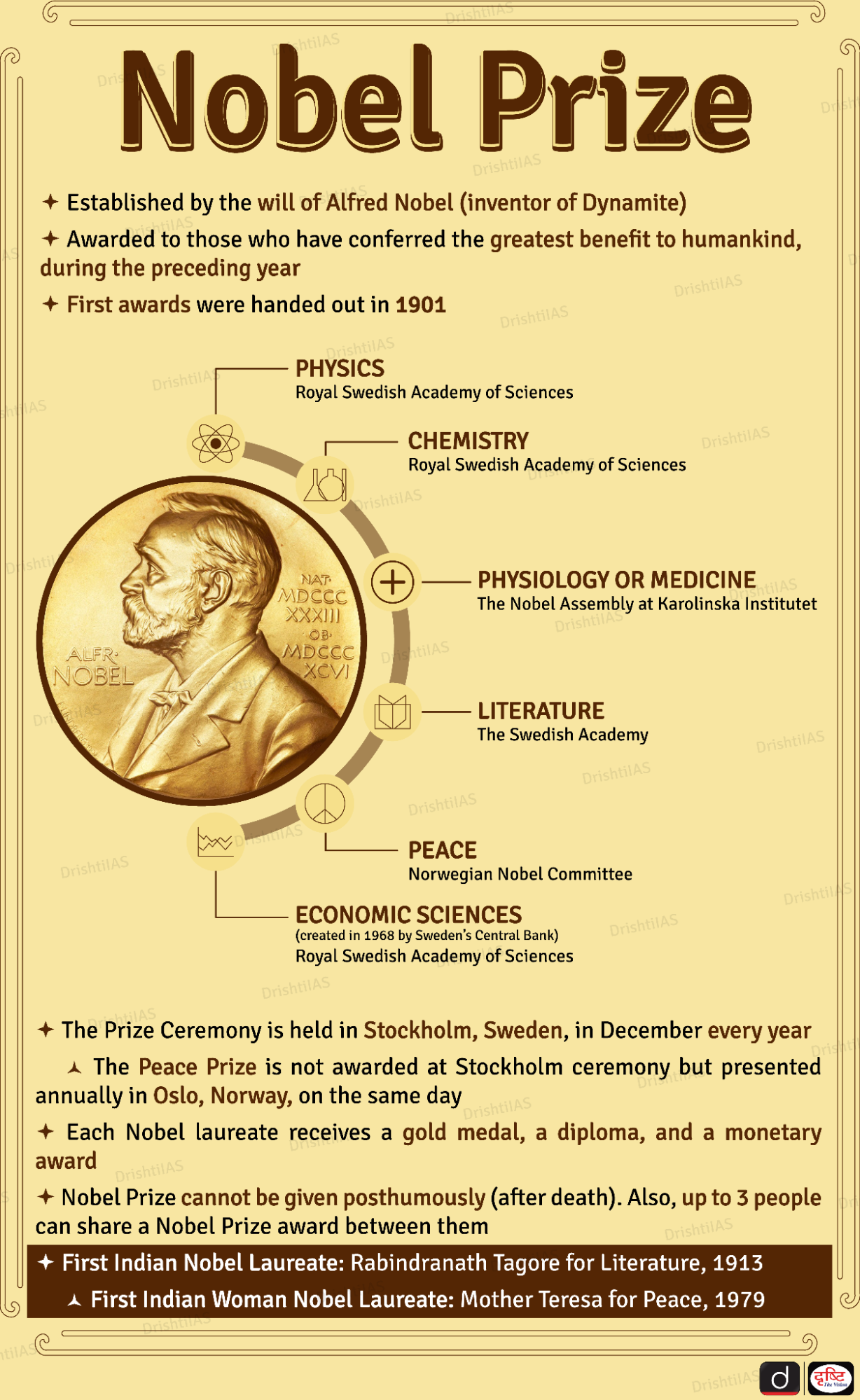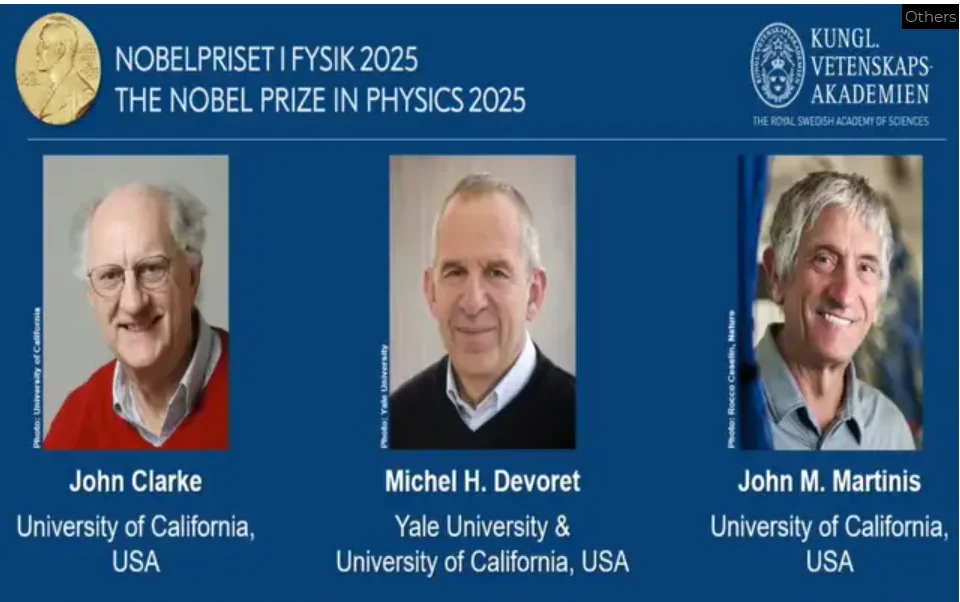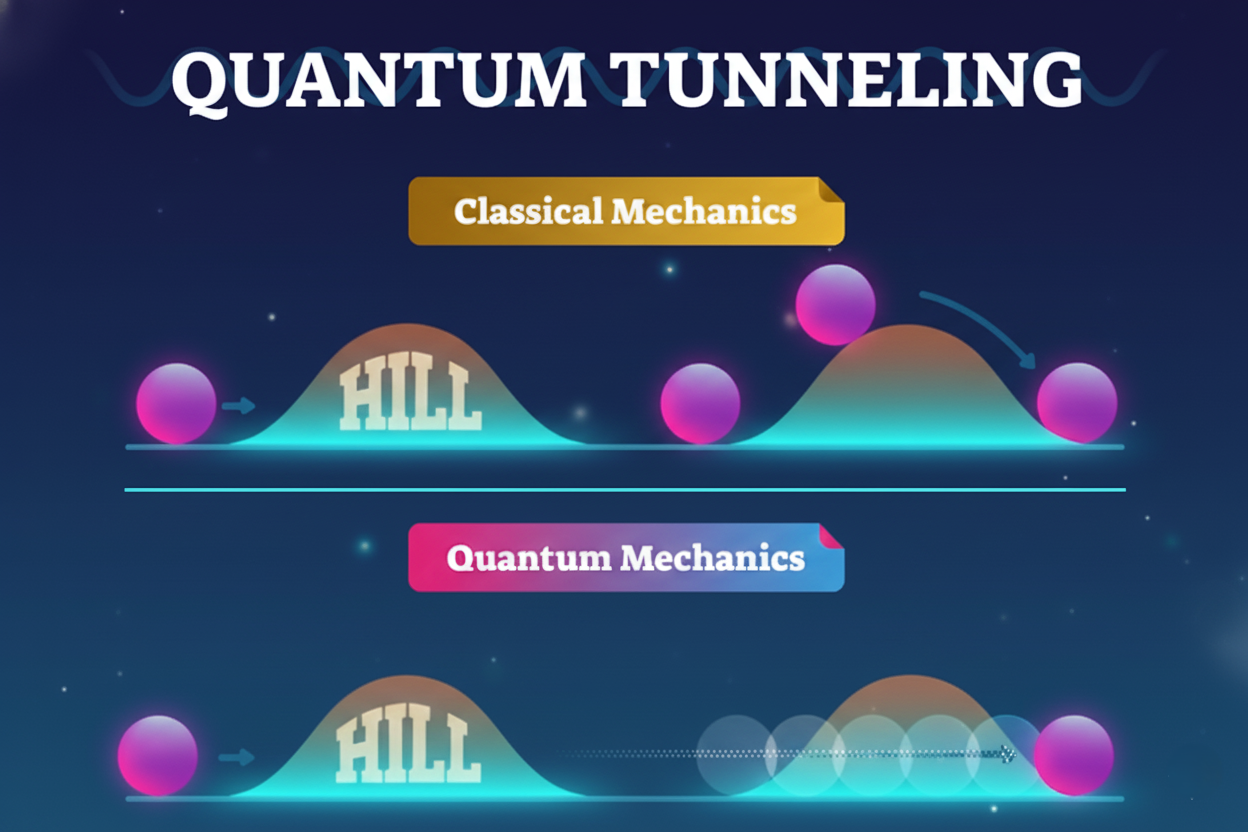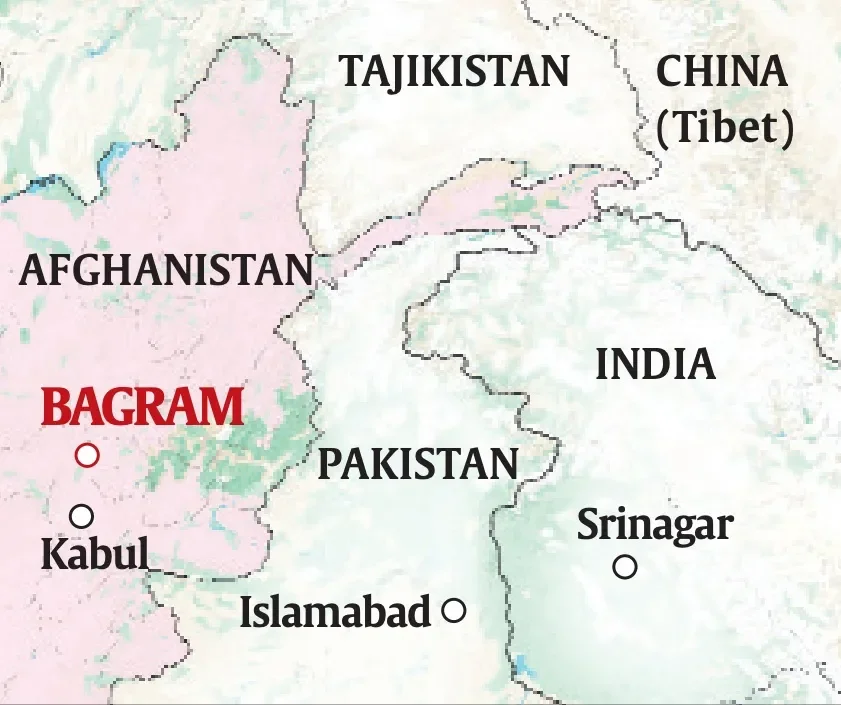Governance
Passive Euthanasia in India
For Prelims: Euthanasia, Article 21, Bharatiya Nyaya Sanhita
For Mains: Constitutional Right to Die with Dignity under Article 21,Ethical principles in medical decision-making: Autonomy, Beneficence, Justice
Why in News?
In June 2025, the UK’s House of Commons passed the Terminally Ill Adults (End of Life) Bill, which allows passive euthanasia and has now revived the global debate on the right to die with dignity.
- India recognises passive euthanasia through Supreme Court (SC) of India rulings, but its challenging implementation underscores the need to reform the framework to uphold the constitutional promise of dignity in death.
What is Euthanasia?
- About: Euthanasia or “mercy killing” refers to deliberately hastening a person’s death to prevent further suffering from incurable or terminal illness.
- Types of Euthanasia:
- Active euthanasia: Directly causing a patient’s death, such as through a lethal injection.
- Forms of active euthanasia include:
- Voluntary: Patient consciously chooses death.
- Non-voluntary: Decision made for an incompetent patient.
- Involuntary: Death caused without consent.
- Forms of active euthanasia include:
- Passive euthanasia: The withdrawal or withholding of life-support or medical treatment when a patient is terminally ill and has no realistic chance of recovery, allowing death to occur naturally.
- This aims to protect the right to die with dignity and prevent prolonged, futile suffering in irreversible medical conditions.
- Active euthanasia: Directly causing a patient’s death, such as through a lethal injection.
- Legal Status in India:
- Active Euthanasia: It is illegal in India. The Bharatiya Nyaya Sanhita (BNS), 2023 classifies acts committed with the intention of causing death as culpable homicide or murder under Sections 100 and 101.
- Passive Euthanasia: In Aruna Shanbaug v. Union of India (2011), the SC recognized that life-sustaining treatment could legally be withheld or withdrawn. It applies even to persons without decision-making capacity.
- In Common Cause v. Union of India (2018), the SC recognized the right to die with dignity as a fundamental right under Article 21 of the Constitution, and legalized the use of advance medical directives or “living wills (specifying conditions under which treatment may be withdrawn)”.
- Supreme Court Guidelines on Euthanasia: The Supreme Court in 2023 modified the 2018 Euthanasia Guidelines to ease the process of granting passive euthanasia.
-
Living Wills / Advance Directives: Adults of sound mind can create a living will. It must be signed by the executor in the presence of two witnesses.
-
Signature can be attested by a notary or gazetted officer.
-
-
Medical Board Approval: Hospital forms two medical boards. Medical boards must communicate their decision within 48 hours.
-
High Court Oversight: If hospital boards deny permission, the patient’s kin can approach the High Court, which forms a fresh medical board to review the case.
-
-
Global Perspective: Passive euthanasia is accepted in many countries. Countries like the Netherlands and Belgium have legalised active euthanasia under strict safeguards.
Did you Know?
- Euthanasia and assisted suicide are not the same. Euthanasia involves another person, usually a doctor, directly ending a patient’s life. Assisted suicide involves providing the means or information for a person to end their own life.
- Suicide tourism, also called euthanasia tourism, refers to patients traveling to countries where euthanasia or assisted suicide is legal.
- Switzerland is the leading destination, attracting patients primarily from the UK, Germany, and France.
What are the Ethical Perspectives of Euthanasia?
- Autonomy (Self-Determination): Patients should have the right to make informed choices about their life and death.
-
Supports passive euthanasia, allowing terminally ill patients to refuse life-prolonging treatment.
-
-
Beneficence (Acting in Patient’s Best Interest): Medical actions should aim to relieve suffering.
-
Passive euthanasia aligns with this principle by withdrawing futile treatment.
-
-
Justice (Fairness and Equity): Ensures equitable access to palliative care and legal safeguards.
-
Vulnerable patients must not be pressured into active or passive euthanasia due to financial or social constraints.
-
Why is there a Need to Reform Passive Euthanasia in India?
- Bureaucratic Delays: The modified 2018 euthanasia guidelines aim to fast-track passive euthanasia, but due to ineffective implementation, current procedures involving multi-tier approvals still cause delays for terminally ill patients, prolonging suffering and undermining the constitutional promise of dignity in death.
- Practical Inaccessibility: Families and doctors often bypass legal procedures due to their complexity, leaving decisions informal and exposing medical professionals to potential legal liability.
- Low Awareness: Many patients, families, and healthcare professionals are unaware of legal provisions such as living wills and advance directives, limiting the practical use of passive euthanasia.
- Societal and Cultural Concerns: In India, euthanasia is often viewed with moral opposition due to the belief in the sanctity of life, as well as religious and cultural perspectives that consider it akin to murder.
- Fragmented Healthcare System: Uneven hospital infrastructure, lack of trained personnel, and absence of hospital-level ethics committees prevent timely, fair, and humane implementation of passive euthanasia.
What Reforms are Needed for Passive Euthanasia in India?
- Digitisation of Advance Directives: Create a National Euthanasia Portal linked with Aadhaar for registering, updating, or revoking living wills.
- Allow doctors to validate mental capacity online, reducing paperwork and delays.
- Hospital-Level Ethics Committees: Establish committees including senior physicians, palliative care specialists, and an independent member.
- Empower them to authorize withdrawal of life support within 48 hours, decentralizing decision-making.
- Transparent Oversight: Replace single-state ombudsman model with digital dashboards or state-level health commissioners to monitor cases.
- Conduct periodic audits and public reporting to build trust and prevent misuse.
- Mandatory Safeguards: Include 7-day cooling-off period, psychological counselling, and palliative care review before approving withdrawal of treatment.
- Protect vulnerable populations (elderly, disabled, financially dependent) from coercion.
- Capacity Building & Awareness: Integrate end-of-life ethics and legal training into medical and nursing curricula.
- Run public awareness campaigns to normalize living wills, advance care planning, and palliative care options.
- Streamlined Procedures: Simplify approvals while maintaining safeguards to reduce bureaucratic delays and ensure timely relief for terminally ill patients.
Conclusion
Reforming passive euthanasia is crucial to make the law workable, ethical, and aligned with India’s constitutional commitment to dignity in dying, bridging the gap between legal recognition and practical access.
|
Drishti Mains Question: Q. Examine the ethical and legal challenges surrounding passive euthanasia in India and suggest reforms to ensure the constitutional promise of dignity in death |
Frequently Asked Questions (FAQs)
- What is passive euthanasia?
Passive euthanasia involves withholding or withdrawing life-support or medical treatment from terminally ill patients, allowing natural death while protecting the right to die with dignity. - Is active euthanasia legal in India?
No. Active euthanasia is illegal under the Bharatiya Nyaya Sanhita (BNS) as it is considered culpable homicide or murder. - Which Supreme Court cases recognised passive euthanasia in India?
Aruna Shanbaug v. Union of India (2011) and Common Cause v. Union of India (2018) established legal recognition of passive euthanasia and living wills.
UPSC Civil Services Examination, Previous Year Questions (PYQs)
Prelims
Q. Right to Privacy is protected as an intrinsic part of Right to Life and Personal Liberty. Which of the following in the Constitution of India correctly and appropriately imply the above statement? (2018)
(a) Article 14 and the provisions under the 42nd Amendment to the Constitution.
(b) Article 17 and the Directive Principles of State Policy in Part IV.
(c) Article 21 and the freedoms guaranteed in Part III.
(d) Article 24 and the provisions under the 44th Amendment to the Constitution.
Ans: (C)
Mains
Q. In order to enhance the prospects of social development, sound and adequate health care policies are needed particularly in the fields of geriatric and maternal health care.Discuss.(2020)

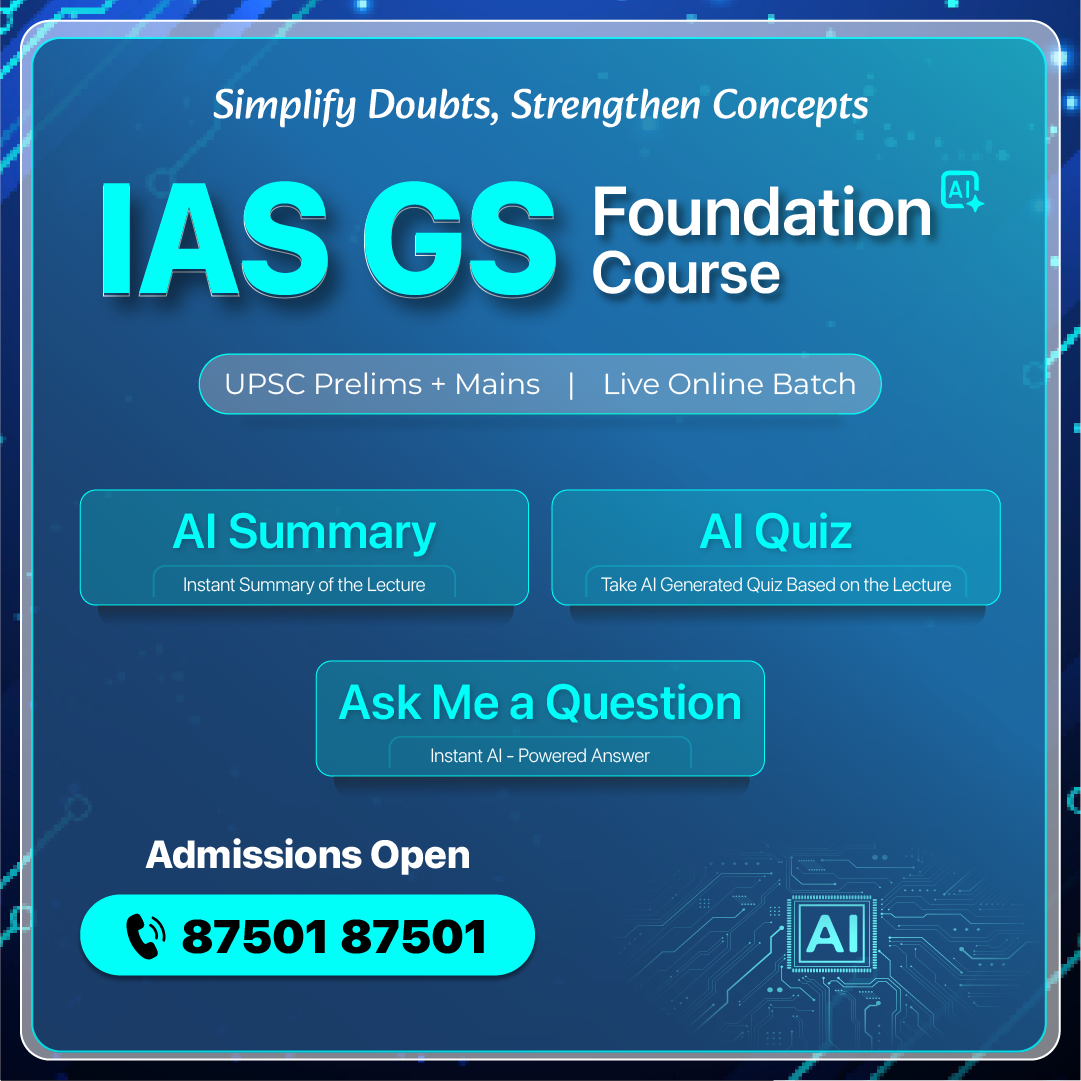
Facts for UPSC Mains
Alternative Dispute Resolution (ADR) in India
Why in News?
The Law and Justice Minister emphasized the need for global cooperation to strengthen Alternative Dispute Resolution (ADR) mechanisms, referencing the Panch Parmeshwar doctrine, which advocates for collective consensus in dispute resolution.
What is Alternative Dispute Resolution (ADR) Mechanism?
About:
- ADR refers to processes for resolving disputes outside courts, offering a faster, cheaper, and cooperative alternative where parties work together for the best resolution.
Constitutional and Legal Basis:
- The constitutional basis of ADR in India is Article 39A, ensuring equal justice and free legal aid.
- ADR methods like arbitration, conciliation, mediation, and Lok Adalat are recognised under Section 89 of the Code of Civil Procedure, 1908.
- The Arbitration and Conciliation Act, 1996 (amended 2021) allows binding resolution of civil and compoundable offences and establishes the Indian Arbitration Council, with a 180-day limit for dispute resolution to ensure faster justice.
Models of ADR:
- Arbitration: Neutral third party makes a binding decision, commonly in commercial disputes, offering a formal yet flexible alternative.
- Mediation: Impartial mediator helps parties reach a non-binding, cooperative solution, preserving relationships.
- Conciliation: Like mediation but with more intervention, suggesting solutions for family, business, and employment disputes.
- Negotiation: Informal, consensual process where parties directly agree, giving maximum control over the outcome.
- Lok Adalat: People’s Courts in India for extrajudicial, amicable resolution of family, labor, and minor civil cases.
- Lok Adalats, governed by the Legal Services Authorities Act, 1987, were first held in Gujarat in 1999.
- Their decisions are final with no appeal, as they resolve disputes before formal litigation, though their powers are not absolute.
Need for ADR:
- Reducing Judicial Backlog: India has 4.57 crore pending cases, many delayed over 10 years, causing injustice. Strengthening ADR offers a faster alternative to traditional litigation.
- Accessible and Inclusive Justice: ADR provides a cost-effective, inclusive, pre-litigation mechanism, allowing parties to resolve disputes on their terms and in a familiar language.
- Addressing State-wise Disparities: The India Justice Report 2025 shows high pending cases and disparities in infrastructure and judges in states like Andhra Pradesh, Uttar Pradesh, and Bihar, highlighting the need for robust ADR systems.
- Enhancing Justice Delivery: With 33% High Court and 21% district court vacancies, ADR mechanisms are vital for timely and effective access to justice.
- Global Alignment: ADR is in alignment with global standards, such as the United Nations Commission on International Trade Law (UNCITRAL) Model Law, which ensures its compatibility with international legal frameworks.
- Foreign investors often favor ADR due to its neutrality, cost-effectiveness, and efficiency, making it a key component in enhancing India’s engagement with the global economy.
What are the Key Challenges Facing ADR in India & Suggest Measures to Address Them?
|
Challenges (Mnemonic: DELAY) |
Measures (Mnemonic: CURES) |
|
D - Deficit of Infrastructure: Inadequate institutional support, underutilization of legal provisions, and a lack of robust court-annexed ADR centres hinder accessibility. |
C - Create Infrastructure: Establishing a nationwide network of accredited ADR centres and leveraging the Mediation Act, 2023, for structural support. |
|
E - Enforcement & Trust Deficit: Perceptions of bias, power imbalances, and procedural delays in enforcement undermine trust in ADR outcomes. |
U - Upskill & Educate: Launching public awareness campaigns and integrating ADR into legal education to make it a preferred first resort. |
|
L - Legal Culture & Mindset: A deep-seated litigation mindset and low awareness about ADR's benefits among the public and legal professionals. |
R - Regulate & Reinforce: Strengthening the regulatory framework for neutrals and ensuring time-bound enforcement of awards to build trust. |
|
A - Absence of Quality Neutrals: A shortage of trained arbitrators and mediators, and a lack of uniform accreditation standards. |
E - Elevate Standards: Empowering institutions to standardize training and enforce a strict code of conduct for ADR practitioners. |
|
Y - Yielding to Procedural Complexity: Arbitration becoming as protracted as litigation (arbitration fatigue) and mediation being used for tactical delays. |
S - Streamline Processes: Promoting fast-track mechanisms and imposing cost penalties for bad-faith participation to ensure genuine resolution. |
|
Drishti Mains Question: Discuss the significance of Alternative Dispute Resolution (ADR) in reducing judicial backlog in India. |
Frequently Asked Questions (FAQs)
1. What is Alternative Dispute Resolution (ADR)?
ADR is a non-adversarial mechanism for resolving disputes outside courts, offering a faster, cost-effective, and cooperative resolution.
2. What is the constitutional basis of ADR in India?
ADR is enshrined in Article 39A, ensuring equal justice and free legal aid, and recognised under Section 89 of the CPC, 1908.
3. Which ADR methods are legally recognised in India?
Arbitration, Mediation, Conciliation, Negotiation, and Lok Adalat are legally recognised methods for dispute resolution.
UPSC Civil Services Examination, Previous Year Questions (PYQs)
Prelims
Q1. With reference to Lok Adalats, which of the following statements is correct? (2010)
(a) Lok Adalats have the jurisdiction to settle the matters at pre-litigative stage and not those matters pending before any court
(b) Lok Adalats can deal with matters which are civil and not criminal in nature
(c) Every Lok Adalat consists of either serving or retired judicial officers only and not any other person
(d) None of the statements given above is correct
Ans: (d)
Q2. With reference to Lok Adalats, consider the following statements: (2009)
- An award made by a Lok Adalat is deemed to be a decree of a civil court and no appeal lies against thereto before any court.
- Matrimonial/Family disputes are not covered under Lok Adalat.
Which of the statements given above is/are correct?
(a) 1 only
(b) 2 only
(c) Both 1 and 2
(d) Neither 1 nor 2
Ans: (a)
Mains
Q. What are the major changes brought in the Arbitration and Conciliation Act, 1996 through the recent Ordinance promulgated by the President? How far will it improve India’s dispute resolution mechanism? Discuss. (2015)

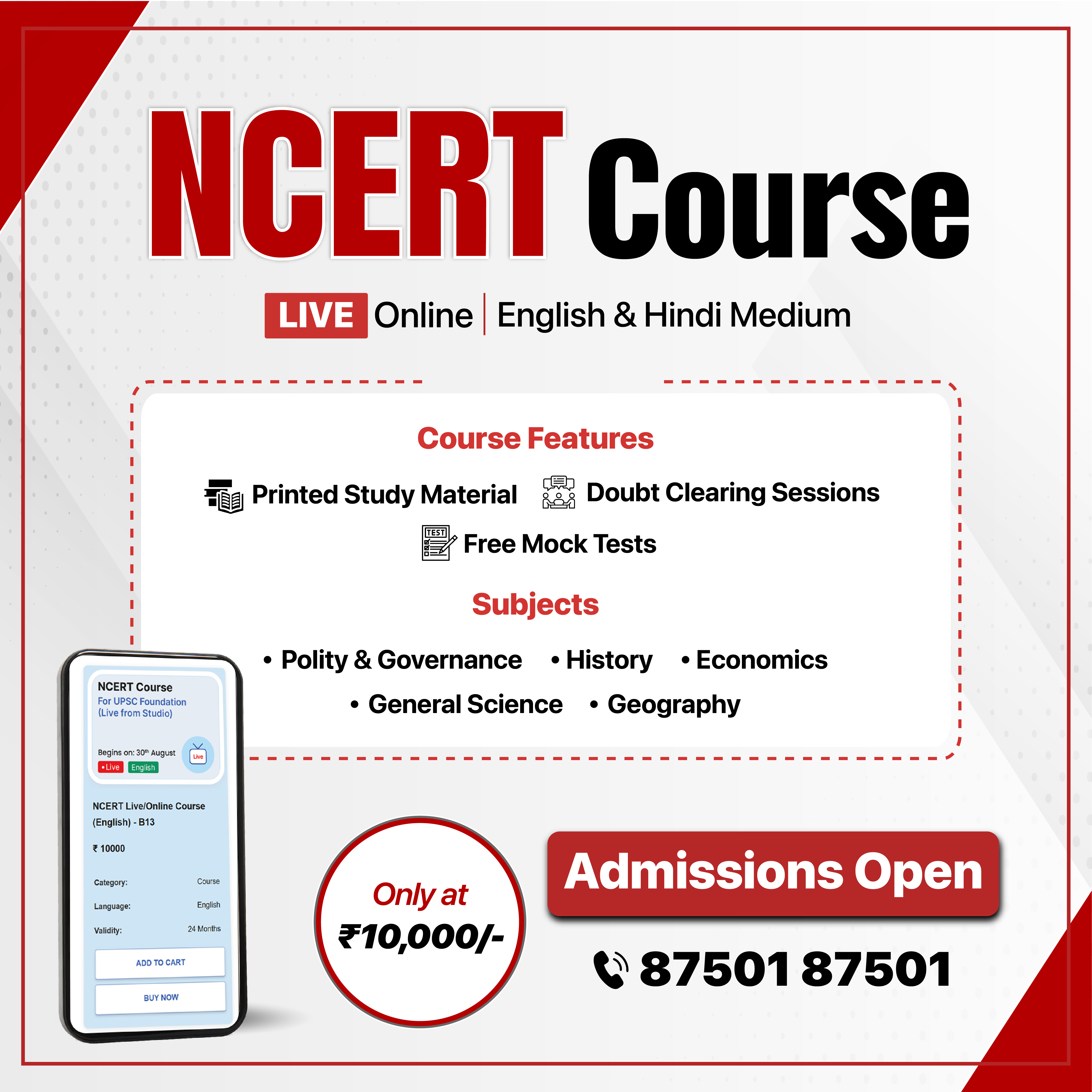
Facts for UPSC Mains
Rise in India's External Debt
Why in News ?
India’s external debt has risen to USD 747.2 billion at the end of June 2025, marking a 1.5% increase over the previous quarter, as per the latest data released by the Reserve Bank of India (RBI).
What is the Current Status of India’s External Debt?
- Valuation Effects: The increase in external debt was largely driven by valuation effects arising from currency fluctuations.
- The depreciation of the US dollar contributed to a valuation loss of USD 5.1 billion.
- Debt Coverage: Despite the increase in total external debt, over 93% of the debt is covered by India’s foreign exchange reserves, ensuring strong external resilience.
- The external debt-to-GDP ratio stands at 18.9%, reflecting a moderate and sustainable level of external liabilities.
- Debt Maturity Profile:
- Long-term debt (maturity over one year) forms the bulk at USD 611.7 billion, while short-term debt declined to 18.1% of total debt.
- The short-term debt-to-reserves ratio has improved, reducing rollover and liquidity risks.
- Long-term debt (maturity over one year) forms the bulk at USD 611.7 billion, while short-term debt declined to 18.1% of total debt.
- Currency-wise Composition
- US Dollar: 53.8% – The dominant currency in India’s external debt, showing significant exposure to global monetary fluctuations.
- Indian Rupee: 30.6% – A substantial share in domestic-currency debt.
- Japanese Yen: 6.6% – A minor share.
- Special Drawing Rights (SDRs): 4.6% – A minor portion.
- Euro: 3.5% – A relatively smaller share.
- Sector-wise Distribution
- Non-financial Corporations: 35.9% – The largest sector, reflecting the rise in private-sector external borrowings.
- Government & Financial Institutions: The remaining share of the external debt.
External Debt
- About: External debt refers to the funds borrowed by a country from sources outside its borders.
- These sources include foreign commercial banks, international financial institutions like the International Monetary Fund (IMF) and the World Bank, as well as the governments of other nations.
- It can be denominated in foreign currency or domestic currency, depending on the agreement.
- Key Features:
- Liability to repay: Includes principal and interest.
- Currency exposure: If borrowed in foreign currency, repayment depends on exchange rates.
- By sector: Can be owed by government, financial institutions, or private corporations.
- By instrument: Includes loans, trade credits, bonds, deposits, etc.
What are the Key Challenges Associated with Rising External Debt?
- Exchange Rate Risk: As external debt is often denominated in foreign currencies, fluctuations in exchange rates can increase the repayment burden, making it more expensive to service the debt.
- Interest Burden: Rising debt increases interest obligations, putting pressure on fiscal resources and reducing funds for development.
- Prolonged inflation can lead to higher interest rates, which in turn slows economic growth. This can result in an increased external debt-to-GDP ratio, putting further pressure on the economy.
- Vulnerability to Global Shocks: The global threat of stagflation could reduce demand for India’s exports, negatively impacting the debt service ratio and further complicating debt repayment.
- Crowding Out Domestic Investment: Debt servicing may divert resources away from productive domestic investment and welfare spending.
What are the Key Measures to Manage External Debt?
- Diversify Currency Exposure: Reduce reliance on foreign currencies like the US dollar by promoting the use of local currency for external borrowing, such as rupee-denominated debt, to mitigate currency risks.
- Adopt Sustainable Debt Practices: Ensure that borrowed funds are directed towards productive investments, such as infrastructure and development projects, rather than consumption, to generate long-term economic returns.
- Extend Loan Maturities: Opt for long-term loans to spread the repayment burden over an extended period, reducing the immediate pressure on finances.
- Strengthen Fiscal Policies: Implement robust fiscal policies that focus on reducing deficits, controlling inflation, and ensuring economic stability, which in turn reduces external debt vulnerability.
|
Drishti Mains Question: Examine the challenges and propose strategies for achieving sustainable management of public debt in India. |
Frequently Asked Questions (FAQs)
1. Which component dominates India’s external debt?
US dollar-denominated debt forms the largest share (53.8%), followed by rupee (30.6%), yen (6.6%), and euro (3.5%).
2. What ensures India’s external debt sustainability?
Over 93% forex reserve cover, long-term maturity structure, and a moderate debt-to-GDP ratio, ensure resilience.
UPSC Civil Services Examination, Previous Year Question (PYQ)
Q. With reference to Foreign Direct Investment in India, which one of the following is considered its major characteristic? (2020)
(a) It is the investment through capital instruments essentially in a listed company.
(b) It is a largely non-debt creating capital flow.
(c) It is the investment which involves debtservicing.
(d) It is the investment made by foreign institutional investors in the Government securities.
Ans: B
Mains
Q. Public expenditure management is a challenge to the Government of India in the context of budget-making during the post-liberalization period. Clarify it. (2019)

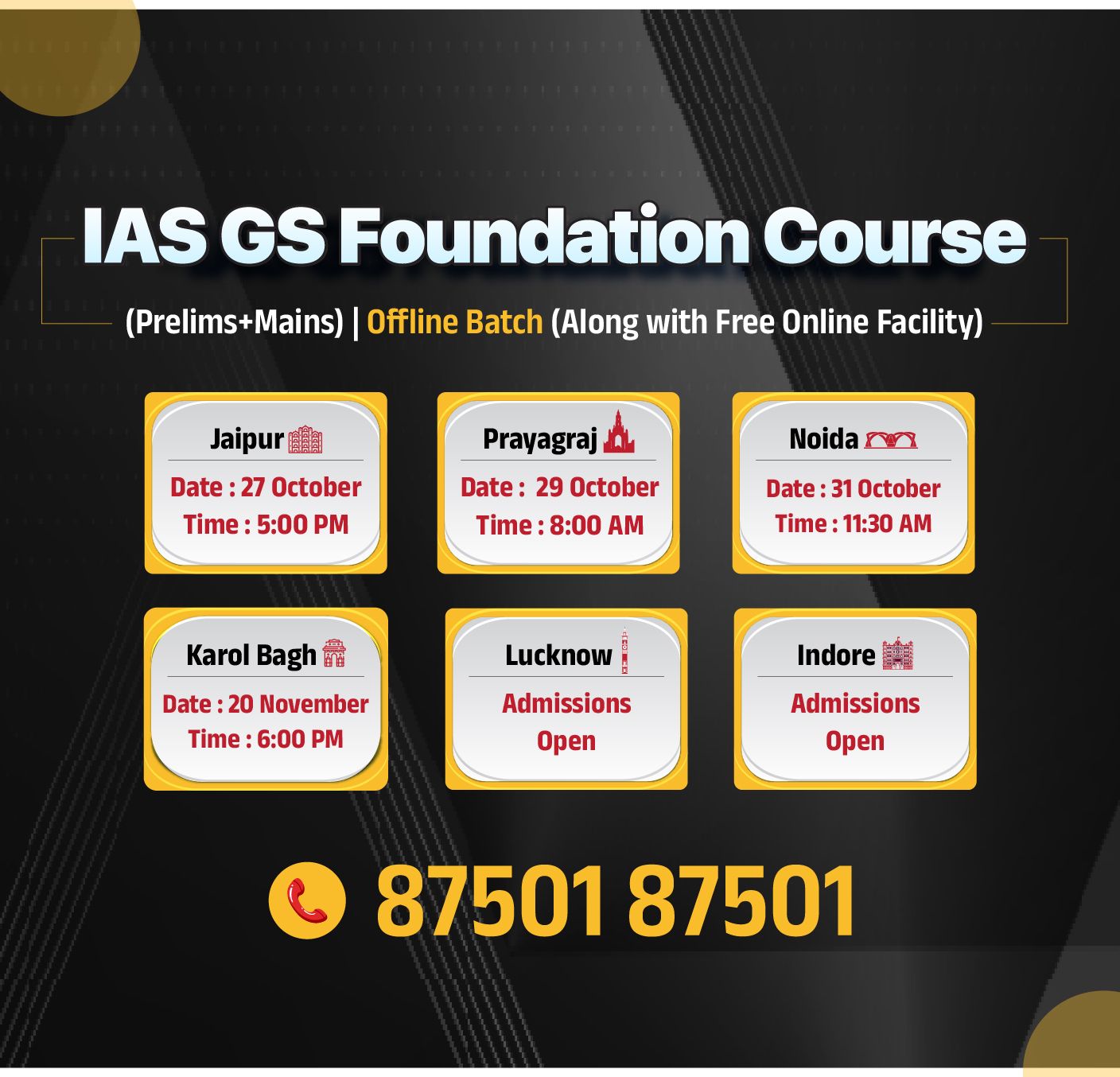
Important Facts For Prelims
Nobel Prize in Physiology or Medicine 2025
Why in News?
The Nobel Assembly at Sweden’s Karolinska Institutet has awarded the 2025 Nobel Prize in Physiology or Medicine to Mary E. Brunkow (US), Fred Ramsdell (US), and Shimon Sakaguchi (Japan).
- They were recognized for their discoveries on peripheral immune tolerance, particularly regarding regulatory T cells (Tregs) and the FOXP3 (Forkhead Box Protein P3) gene.
Indian Nobel Laureate in Physiology or Medicine: In 1968, Har Gobind Khorana from India was awarded the Nobel Prize in Physiology or Medicine, along with Marshall Nirenberg and Robert Holley from the US, for their interpretation of the genetic code and its function in protein synthesis.
What are the Key Discoveries of the 2025 Nobel Laureates in Physiology or Medicine?
- Shimon Sakaguchi (Japan): Discovered the existence of regulatory T cells (Tregs) in 1995, showing that some T cells act as “immune system security guards” to prevent autoimmune attacks.
- Mary Brunkow (USA) and Fred Ramsdell (USA): In 2001, identified that mutations in the FOXP3 gene caused a rare autoimmune disease (IPEX) in humans and similar immune dysfunctions in mice.
- Combined Contribution: Sakaguchi later discovered that the FOXP3 gene controls the development of regulatory T cells, explaining how the immune system maintains peripheral tolerance.
Significance of Discoveries
- Cancer therapy: Targeting Tregs around tumors could make immune attacks on cancer cells more effective.
- Autoimmune diseases: Boosting Tregs may prevent the immune system from attacking the body.
- Transplantation: Better regulation of T cells reduces organ rejection.
What are the Key Facts About the Human Immune System?
- About: The immune system is the body's defense mechanism against harmful invaders like pathogens (viruses, bacteria, fungi, parasites), as well as abnormal cells such as cancer cells.
- The immune system can be broadly divided into innate immunity and adaptive immunity.
- Innate Immunity (Non-Specific Defense): It provides a rapid, generalized response against pathogens through physical barriers (skin, mucous membranes), phagocytes (macrophages, neutrophils), and inflammation (helps isolate and destroy pathogens).
- Adaptive Immunity (Specific Defense): It provides a more targeted, specific response to pathogens and has a "memory" that enables the body to respond more efficiently if the same pathogen invades again.
- Key elements include:
- T-cells: Part of the adaptive immune response, T-cells are a type of white blood cell involved in recognizing and destroying infected cells.
- B-cells: These cells produce antibodies (proteins) that specifically target and neutralize foreign antigens (e.g., viruses or bacteria).
- Key elements include:
- Immune Tolerance: The immune system must distinguish harmful invaders from the body’s own cells, maintaining self-tolerance to prevent autoimmune diseases (conditions where the body attacks its own tissues).
- Central Tolerance: This occurs in primary lymphoid organs such as the bone marrow and the thymus, where self-reactive immune cells (cells that could attack the body’s own tissues) are eliminated or rendered inactive.
- Peripheral Tolerance: This involves mechanisms in the body’s tissues that prevent any remaining self-reactive cells from becoming active.
- Regulatory T cells (Tregs) are central to peripheral tolerance, ensuring that the immune system does not attack its own tissues.
- Role of Regulatory T Cells (Tregs): Tregs are a specialized subset of T-cells that act as "peacekeepers" of the immune system that suppress immune responses, helping to maintain immune tolerance.
- They are crucial in preventing autoimmune diseases. These cells help control immune responses to avoid excessive inflammation and tissue damage, and they play a critical role in preventing autoimmune disorders like rheumatoid arthritis, type 1 diabetes, and multiple sclerosis.
Frequently Asked Questions (FAQs)
1. Who won the 2025 Nobel Prize in Physiology or Medicine?
Mary E. Brunkow, Fred Ramsdell, and Shimon Sakaguchi won for discovering regulatory T cells (Tregs) and the FOXP3 gene involved in immune tolerance.
2. What is the role of regulatory T cells (Tregs)?
Tregs act as “peacekeepers” of the immune system, preventing autoimmune reactions by ensuring self-tolerance.
3. What is peripheral immune tolerance?
It is the mechanism by which the immune system prevents self-reactive cells from attacking the body’s own tissues, maintaining immune balance.
4. Who is the only Indian Nobel Laureate in Physiology or Medicine?
Har Gobind Khorana, awarded in 1968 for interpreting the genetic code and its function in protein synthesis.
UPSC Civil Services Examination, Previous Year Questions (PYQs)
Prelims
Q. Nobel Prize winning scientist James D. Watson is known for his work in which area? (2008)
(a) Metallurgy
(b) Meteorology
(c) Environmental protection
(d) Genetics
Ans: (d)

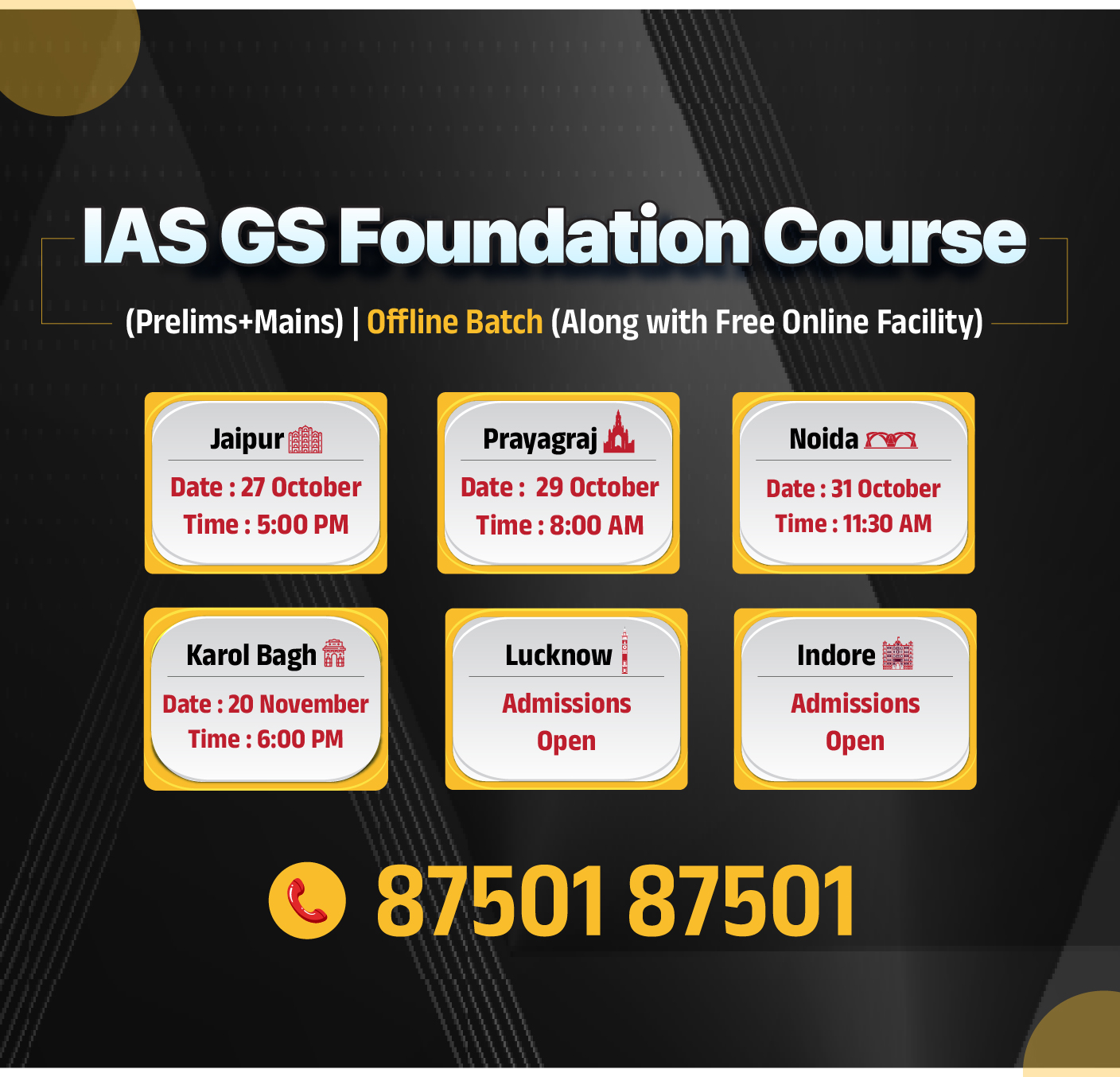
Important Facts For Prelims
Nobel Prize in Physics 2025
Why in News?
The 2025 Nobel Prize in Physics has been awarded by the Royal Swedish Academy of Sciences to John Clarke, Michel Devoret, and John Martinis for their discovery of macroscopic quantum mechanical tunnelling and energy quantisation in an electric circuit.
- Their work has paved the way for superconducting circuits that could form the backbone of practical quantum computers and sensors, marking a major milestone in quantum technology.
What are the Key Highlights of the 2025 Nobel Prize in Physics?
- Macroscopic Quantum Tunnelling: The laureates extended quantum tunneling from microscopic scales to macroscopic systems, showing that large, visible systems (like superconducting circuits) could exhibit quantum behaviors like tunneling and energy quantization.
- They used superconducting materials and created a Josephson junction (superconducting system), where billions of Cooper pairs acted as a collective quantum object.
- When cooled to near absolute zero, they observed that the system’s electrical state could "tunnel" through energy barriers, exhibiting abrupt transitions, confirming quantum behavior over classical.
- They used superconducting materials and created a Josephson junction (superconducting system), where billions of Cooper pairs acted as a collective quantum object.
- Significance:
- Quantum Computing: Enabled the development of superconducting qubits and paved the way for advancements in quantum sensing and simulation.
- Cryptography Implications: Quantum computers could break encryption systems that rely on classical computation limits.
- Global Relevance: Countries, including India, are investing heavily in quantum technology; India’s National Quantum Computing Mission aims to develop functional quantum computers by 2031.
What is Quantum Tunnelling?
- About: Quantum tunneling refers to a phenomenon where particles can pass through barriers that, according to classical physics, would be impossible.
- Quantum tunneling occurs due to wave-particle duality, where particles behave as both waves and particles. When encountering a barrier, the particle's wave function extends beyond it, giving a probability of the particle appearing on the other side.
- Applications of Quantum Tunnelling:
- Scanning Tunnelling Microscope (STM): Uses quantum tunnelling to map surfaces at the atomic level.
- Flash Memory: Found in USB drives and SSDs. Data is stored in floating-gate transistors where electrons tunnel onto or off the gate.
- Josephson Junctions: Made of two superconductors separated by a thin insulator. Electrons tunnel across the barrier, creating a precise current-voltage relationship.
- Josephson Junctions are used in superconducting quantum computers and Superconducting Quantum Interference Devices (SQUIDs) for ultra-sensitive measurements.
- Quantum Computing: Quantum tunnelling enables qubits to exist in multiple states and transition between them. Essential for quantum algorithms that outperform classical computers in specific tasks.
- Nuclear Fusion: In stars and experimental reactors, tunnelling allows atomic nuclei to overcome repulsive forces and fuse. This process powers the Sun and holds potential for limitless clean energy.
Understanding Quantum Tunneling
Imagine rolling a ball up a hill:
- In classical physics, if the ball lacks enough energy, it rolls back and it can’t cross the hill.
- In quantum physics, due to the wave-like behavior of particles, there is a small probability that the ball appears on the other side of the hill (even without having enough energy to climb over it) as if it had "tunneled" through the barrier.
- This phenomenon is known as quantum tunneling.
What’s Really Happening?
- In quantum mechanics, particles like electrons act both as particles and waves.
- When a wave hits a barrier, part of it can "leak" through if the barrier is thin or low enough.
- This creates a probability that the particle will be found on the other side — without ever "climbing over" the barrier.
| Read more: Nobel Prize in Physiology or Medicine 2025 |
Frequently Asked Questions (FAQs)
1. What is Quantum Tunneling?
Quantum tunneling is a phenomenon in quantum physics where a particle moves through a barrier that it classically does not have enough energy to cross.
2. How does quantum tunneling occur?
Quantum tunneling occurs because quantum particles behave like waves that can extend beyond barriers, allowing a small probability of the particle appearing on the other side of the barrier, even without enough classical energy.
3. What is macroscopic quantum tunnelling?
It is the extension of quantum tunnelling to large systems, where collective particles in superconducting circuits exhibit quantum behaviour like tunnelling through energy barriers.
4. Who won the 2025 Nobel Prize in Physics and for what discovery?
John Clarke, Michel Devoret, and John Martinis (US) won for discovering macroscopic quantum mechanical tunnelling and energy quantisation in electric circuits.
5. What is Josephson Junction?
It’s a device made of two superconductors separated by a thin insulator where electrons can tunnel, forming the basis of superconducting qubits and quantum sensors.
6. How does quantum tunnelling enable quantum computing?
Tunnelling allows qubits to exist in superposition and transition between quantum states, enabling powerful computation beyond classical limits.
UPSC Civil Services Examination Previous Year Question (PYQ)
Prelims
Q. Which one of the following is the context in which the term "qubit" is mentioned?
(a) Cloud Services
(b) Quantum Computing
(c) Visible Light Communication Technologies
(d) Wireless Communication Technologies
Ans: (b)

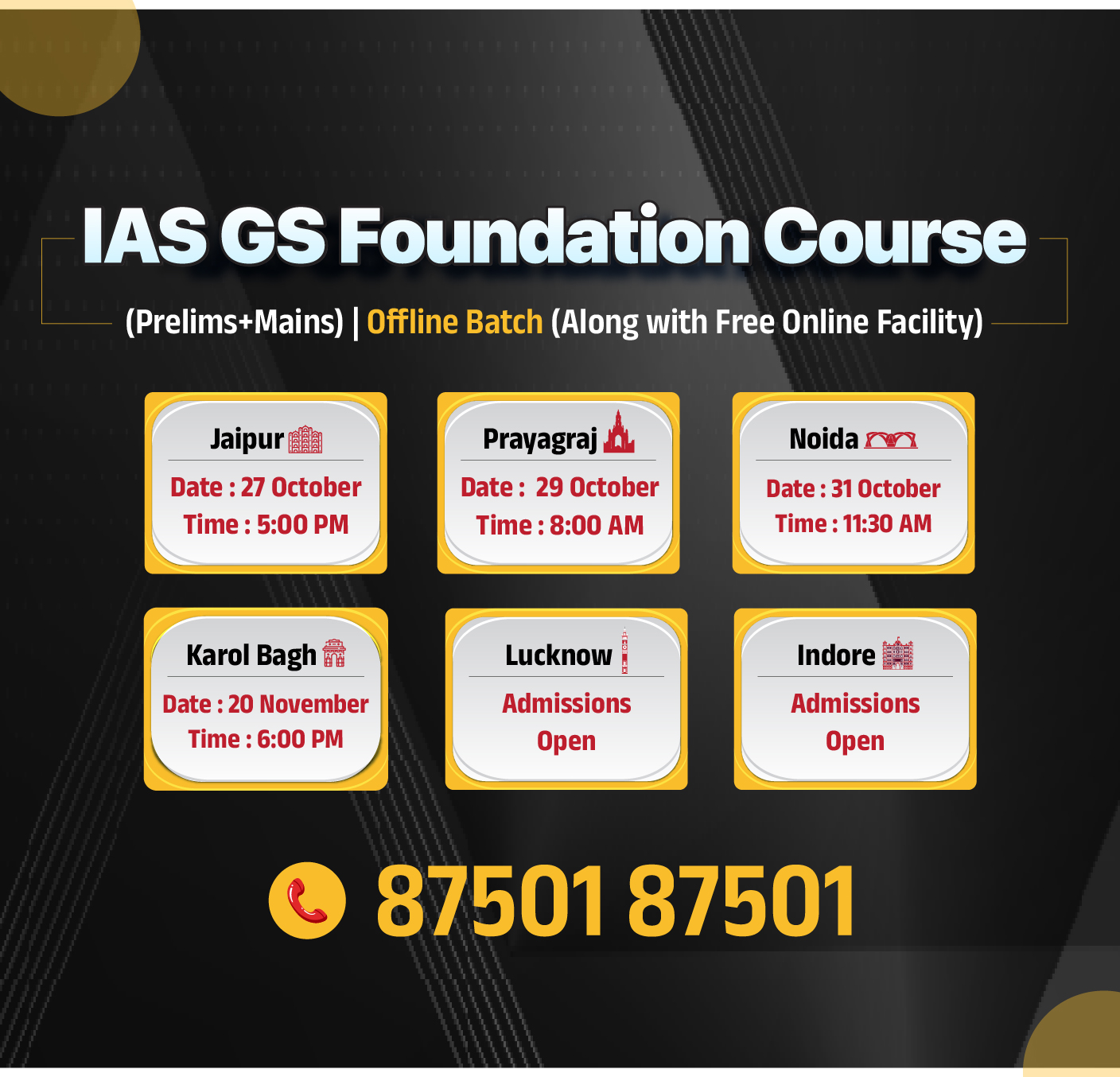
Rapid Fire
7th Moscow Format Talk on Afghanistan
At the 7th Moscow Format Consultations on Afghanistan, India has aligned with the Taliban, Pakistan, China, and Russia to oppose Trump's plan to take control of the Bagram air base in Afghanistan.
- Bagram, Afghanistan’s largest air base, is suitable for landing large military planes and weapons carriers and was vacated by US forces before their 2021 withdrawal from Afghanistan.
Moscow Format Consultations on Afghanistan
- About: It is a regional diplomatic platform launched by Russia in 2017 to promote dialogue among Afghanistan’s neighboring countries and other key stakeholders.
- Objective: It promotes peace, stability, and development in Afghanistan through multilateral cooperation and is part of dialogue mechanisms initiated before the Taliban takeover of Afghanistan in 2021.
- Membership: Its original members included Russia, India, Afghanistan, Iran, China, and Pakistan, with five Central Asian countries joining later to broaden its diplomatic reach.
| Read More: Bagram Air Base |

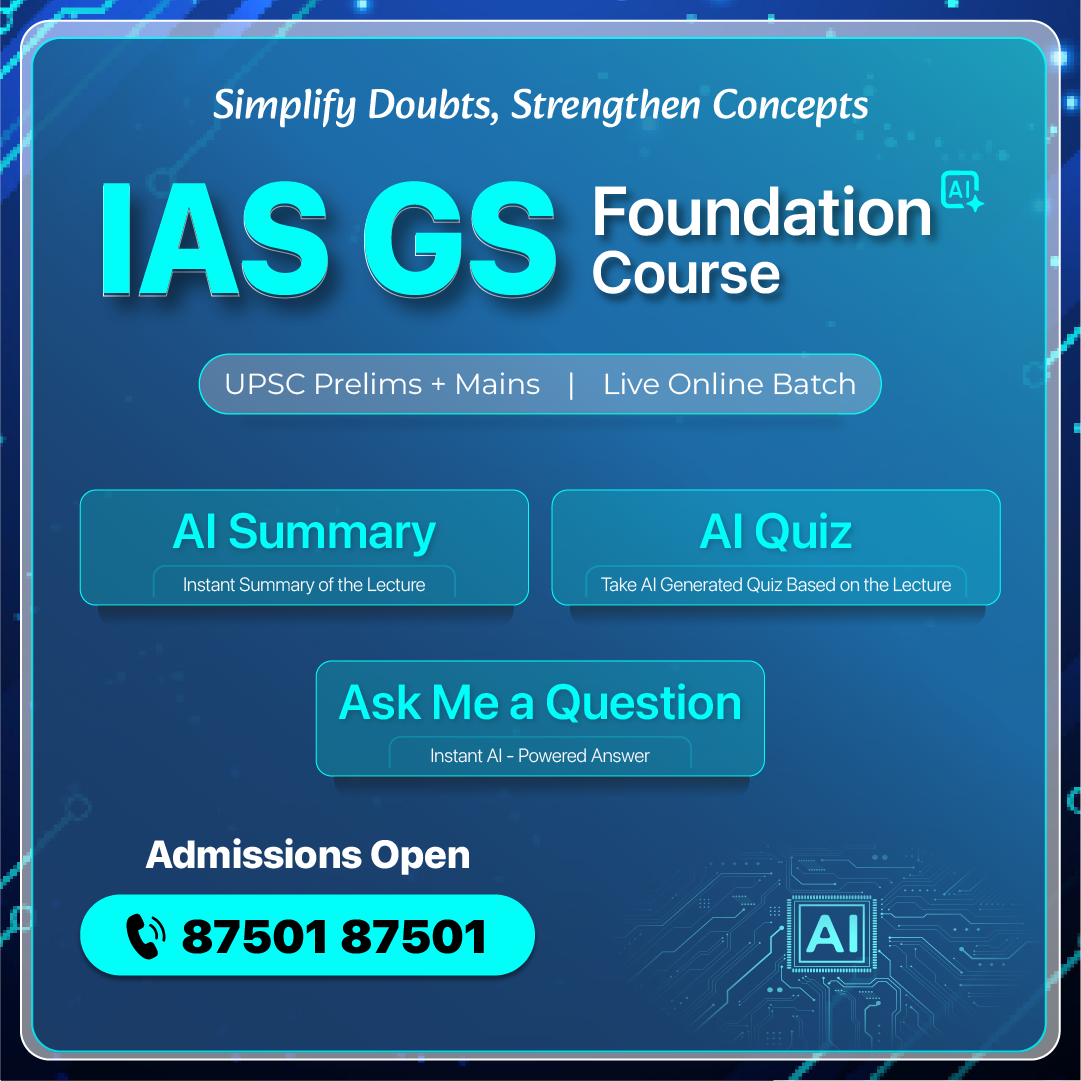
Rapid Fire
NATPOLREX
The Indian Coast Guard (ICG) successfully conducted the 10th National Level Pollution Response Exercise (NATPOLREX-X) off Chennai coast.
NATPOLREX-X
- About: NATPOLREX-X is a biennial exercise and a key component of India’s marine environmental protection framework.
- Objective: It aims to strengthen national preparedness, inter-agency coordination, and response to marine oil spills under the National Oil Spill Disaster Contingency Plan (NOSDCP).
- Shoreline Drill: A key highlight of 10th edition was the first-ever shoreline clean-up drill at Marina Beach, involving multiple state agencies in a simulated incident.
- Significance: It ensures India’s self-reliance in maritime technology, showcases Make in India initiatives, and strengthens multi-layered pollution response mechanisms.
ICG & Its Role in Marine Environmental Protection
- Central Coordinating Authority: The Indian Coast Guard (ICG) has served as the Central Coordinating Authority for oil spill response in India since March 1986.
- National Policy Framework: The NOSDCP, drafted by the ICG and approved in 1993, provides the foundational framework for national oil spill preparedness and response.
- With over 75% of India’s energy coming from seaborne oil, protecting sea lines and ports from oil spills is of strategic importance.
- Operational Infrastructure: To implement the NOSDCP, the ICG has set up four Pollution Response Centres at Mumbai, Chennai, Port Blair, and Vadinar.
| Read More: Oil-Spill |

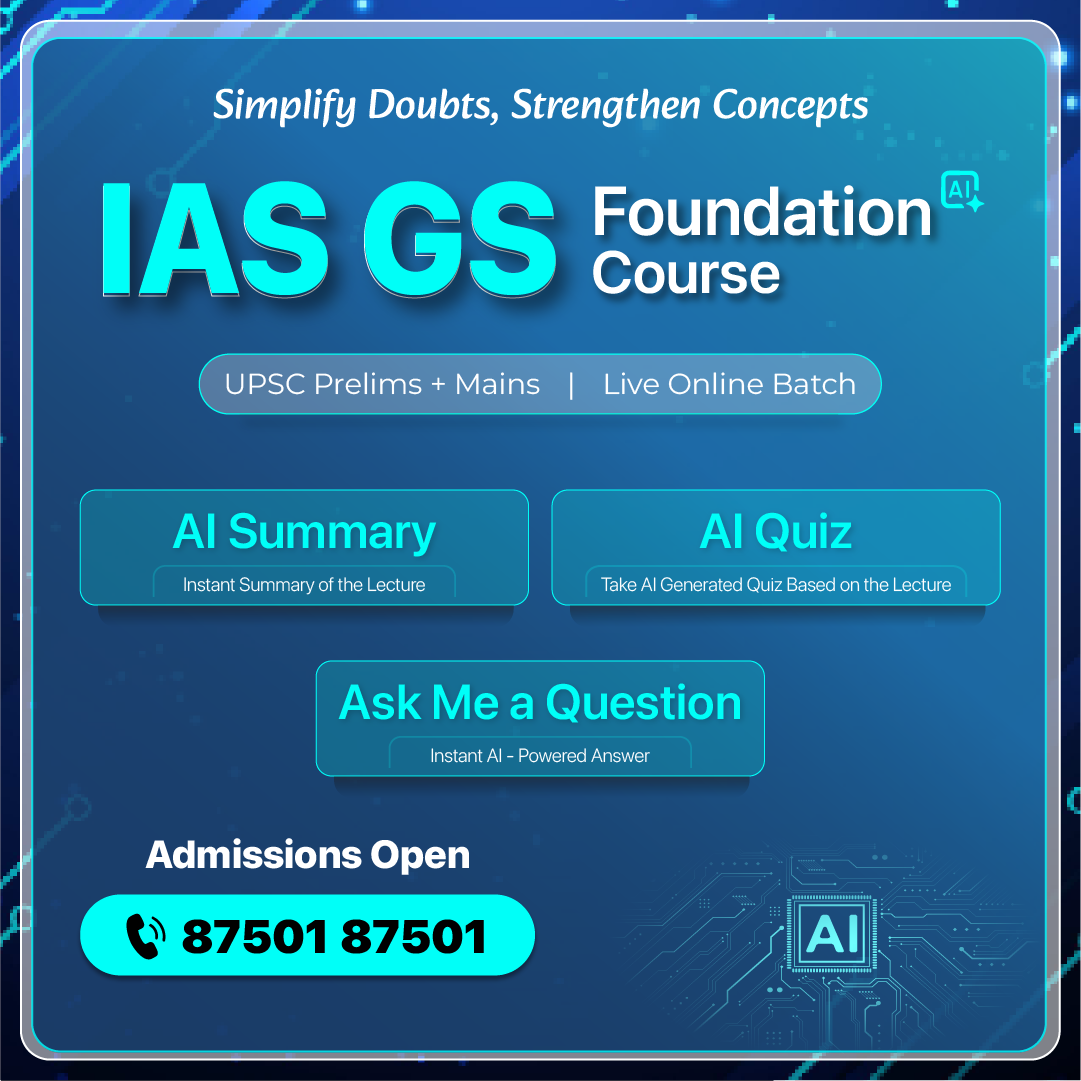
Rapid Fire
Very Large Gas Carrier (VLGC) Shivalik
India received its 3rd Very Large Gas Carrier (VLGC) Shivalik under the Indian flag at Visakhapatnam Port, marking a milestone in maritime self-reliance and energy security.
- The induction of Shivalik by the Shipping Corporation of India (SCI) enhances Atmanirbharata in shipping and strengthens India’s energy trade connectivity.
- Size & Capacity: VLGC Shivalik, vessel is 225 meters long with 82,000 cubic metres (CBM) capacity, designed to carry large volumes of liquefied petroleum gas (LPG), including propane and butane.
- Engineering: It features segregated tanks, advanced temperature control, and meets global safety and efficiency standards.
- Strategic Significance: Built under the Indian flag in South Korea, Shivalik reduces India's reliance on foreign-flagged vessels for energy imports and strengthens India’s energy security and connectivity with the Arabian Gulf.
- Maritime Self-Reliance: It represents India’s growing Atmanirbharata in shipping and contributes to the goal of becoming a top-five maritime nation by 2047.
- India aims for an end-to-end maritime ecosystem with build, own, repair, and recycle, enhancing EXIM efficiency and contributing to Viksit Bharat 2047.
- Domestic Shipbuilding Push: Policies like Shipbuilding Financial Assistance Scheme (SBFAS), Maritime Development Fund (MDF), and Shipbuilding Development Scheme promote local shipbuilding, repair, and recycling.
| Read more: Boosting India's Shipbuilding Industry |

